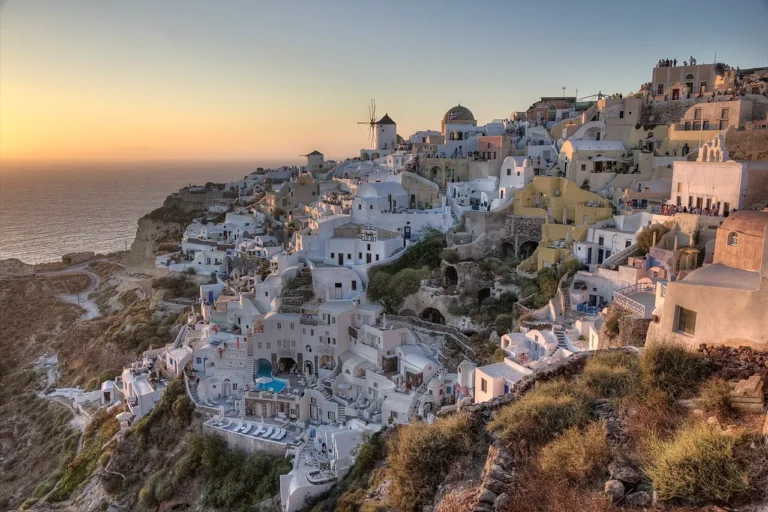Picture this: you’ve saved up for months, booked that dream vacation, and arrived at your bucket-list destination only to find yourself in what feels like a very expensive human traffic jam.
Welcome to overtourism in 2025, where getting the perfect Instagram shot requires the patience of a monk and the elbowing skills of a Black Friday shopper!

Destinations Not Worth Exploring
The world has officially reopened for business! While there’s something to be said for seeing iconic landmarks, there’s also something deeply satisfying about discovering incredible places where you don’t need to book a restaurant table three months in advance or wait in line for two hours just to take a selfie.
Here we discuss the Top 6 Overcrowded Destinations and their alternatives!
1. Venice, Italy

Venice is drowning, and we’re not just talking about rising sea levels. This floating masterpiece receives over 25 million visitors annually, with some summer days seeing 120,000 tourists cramming into a city built for maybe 50,000 residents.
The local population has shrunk to just 50,000 people, many driven out by sky-high rents fueled by Airbnb conversions.
The city introduced a €5 day-tripper fee in 2024, but it’s barely made a dent in the crowds. St. Mark’s Square regularly looks like a concert venue, and forget about a romantic gondola ride unless you enjoy serenading traffic jams on water.

Go Instead: Trieste, Italy
Just two hours northeast by train, Trieste offers all the maritime charm of Venice with a fraction of the chaos. This underrated port city boasts stunning Austro-Hungarian architecture, world-class coffee culture (it’s home to Illy), and a fascinating mix of Italian, Slovenian, and Austrian influences.
Walk along the Grand Canal without dodging selfie sticks, explore the impressive Miramare Castle perched on the Adriatic coast, or sip espresso in historic cafés where James Joyce once wrote.
The Piazza Unità d’Italia is one of Europe’s largest sea-facing squares, and you can enjoy it without being photobombed by tour groups.
2. Skip: Machu Picchu, Peru
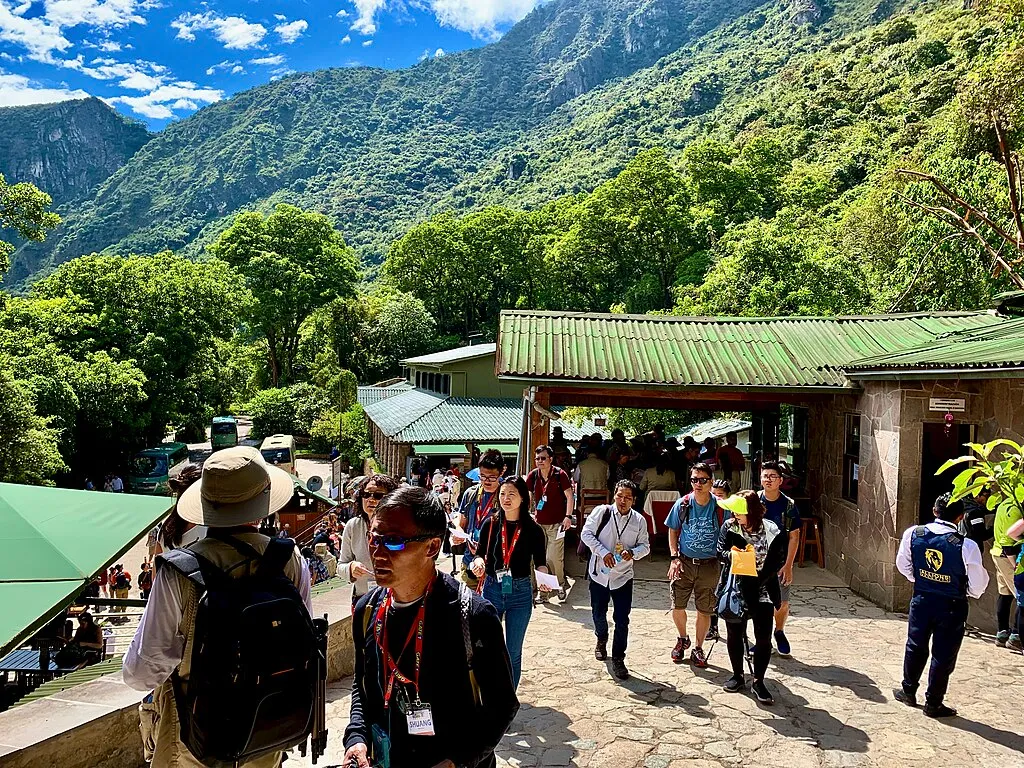
Peru’s crown jewel is buckling under the weight of its own popularity. Daily visitor numbers are capped at 4,500, but even that feels overwhelming for this ancient Incan citadel perched 8,000 feet above sea level.
The site suffers from erosion, litter, and the general wear-and-tear of millions of hiking boots.
UNESCO has repeatedly warned about the site’s deterioration, and local authorities struggle with waste management and infrastructure. The town of Aguas Calientes, the gateway to Machu Picchu, has become a tourist trap where a simple meal costs more than a day’s wages for many locals.

Go Instead: Choquequirao, Peru
Meet Machu Picchu’s equally spectacular but refreshingly crowd-free sister. Choquequirao sits on a dramatic ridgetop with equally stunning Andean views and fascinating Incan ruins spread across multiple terraced levels. The catch? You’ll need to hike for two days to reach it, which naturally filters out the casual day-trippers.
This “Cradle of Gold” covers 6 times the area of Machu Picchu, and archaeologists estimate only 30% has been excavated. The challenging trek rewards you with condor sightings, pristine cloud forest, and the rare experience of exploring ancient ruins in relative solitude.
3. Skip: Bali, Indonesia
Bali’s tourism boom has morphed into an environmental and cultural crisis. The island receives over 6 million international visitors annually, concentrated mostly in the southern beaches and Ubud. Traffic in Canggu and Seminyak moves at a crawl, beaches are crowded with loungers and vendors, and sacred temples have become Instagram backdrops rather than places of worship.
The Indonesian government introduced strict “tourist etiquette” rules in 2024 after numerous incidents of disrespectful behaviour, including naked photoshoots at sacred sites.
Water shortages are common, and the island’s waste management system is completely overwhelmed, leading to polluted beaches and rivers.

Go Instead: Lombok or Flores, Indonesia
Lombok, just a short flight or boat ride from Bali, offers pristine beaches, excellent surfing, and the stunning Mount Rinjani volcano without the overcrowding.
The Gili Islands off Lombok’s coast provide crystal-clear waters perfect for snorkelling and diving, while Sasak villages offer authentic cultural experiences.
For something completely different, consider Flores, a long, mountainous island that serves as the gateway to Komodo National Park. Here you can see the famous Komodo dragons, dive some of the world’s best coral reefs, and visit the mystical tri-colored crater lakes of Kelimutu.
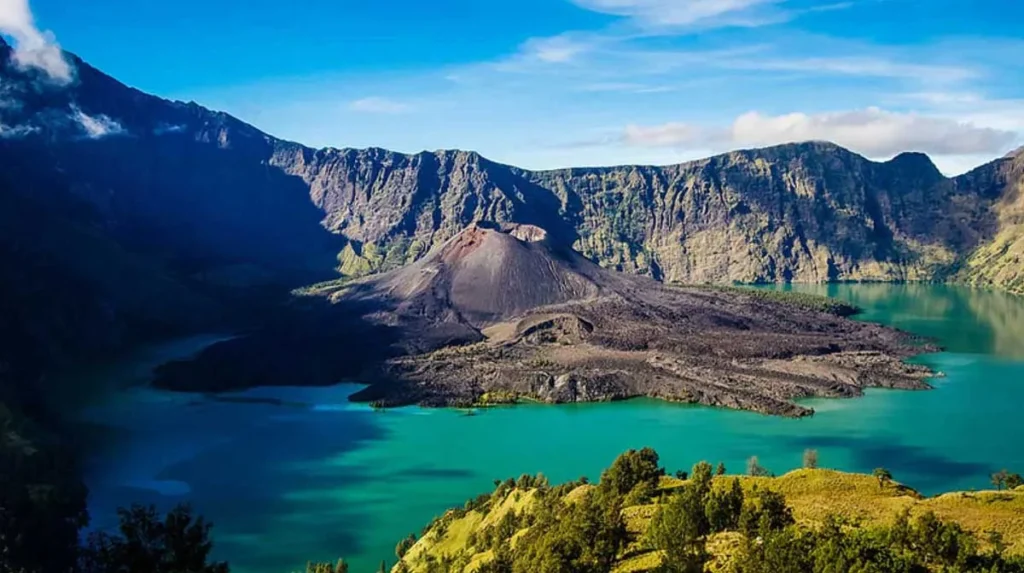
4. Skip: Santorini, Greece
Santorini’s iconic blue-domed churches and dramatic caldera views come with a hefty price tag in crowds and costs. During peak season, up to 18,000 cruise passengers can descend on the island in a single day, overwhelming the narrow streets of Oia and Fira.
Hotel prices are astronomical, restaurant reservations are impossible without booking, and the famous sunset viewing spots become standing-room-only affairs.
The island’s infrastructure strains under the pressure, with water shortages common and waste management problematic.

Go Instead: Milos or Naxos, Greece
Milos offers dramatic volcanic landscapes, colourful fishing villages, and some of Greece’s most beautiful beaches, including the famous Sarakiniko with its white cliff formations that look like lunar landscapes. The island has fewer than 5,000 residents and maintains its authentic Greek character, with affordable tavernas serving fresh seafood and locally produced wines.
Naxos, the largest of the Cyclades, combines beautiful beaches with mountain villages, ancient temples, and excellent local cuisine. It’s large enough to explore for days but small enough to feel intimate.
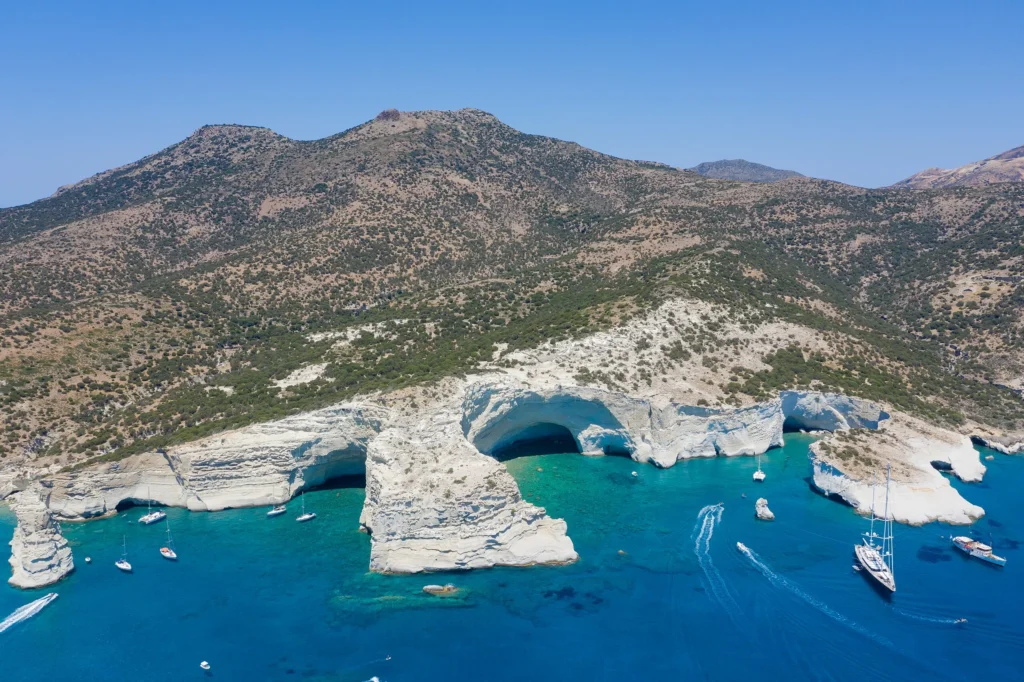
5. Skip: Kyoto, Japan
Japan’s former imperial capital has become a victim of its own beauty. The historic Gion district, famous for geisha sightings, has become so overrun with tourists that residents have put up “no photography” signs and barriers to protect the geishas from harassment.
Popular temples like Kiyomizu-dera require timed entry tickets, and the bamboo groves of Arashiyama feel more like crowded subway platforms than serene natural spaces.
The cherry blossom season brings particular chaos, with popular viewing spots packed shoulder-to-shoulder and traffic at a standstill.
Many traditional restaurants and tea houses have stopped serving locals to focus on higher-paying tourists, changing the character of historic neighbourhoods.
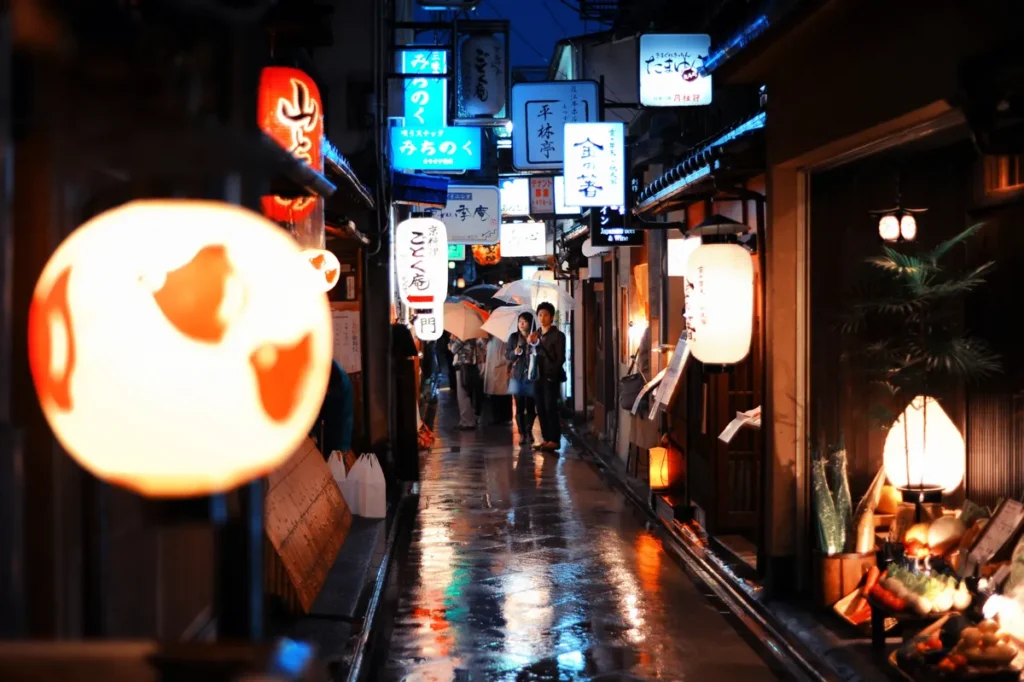
Go Instead: Kanazawa, Japan
Often called “Little Kyoto,” Kanazawa offers everything that makes Japanese culture special without the overwhelming crowds.
The city boasts one of Japan’s 3 most beautiful gardens (Kenroku-en), a perfectly preserved samurai district (Nagamachi), and the atmospheric Higashi Chaya geisha district where you can enjoy tea ceremonies in peace.
Kanazawa is also famous for its culinary scene, including the freshest sushi from nearby Kanazawa Port and traditional kaiseki dining. The city’s Omicho Market has operated for 300 years and offers incredible street food without the tourist markup.

6. Skip: Reykjavik, Iceland
Iceland’s tourism explosion has been nothing short of meteoric, growing from 500,000 annual visitors in 2010 to over 2.3 million before the pandemic.
Most tourists stick to the Reykjavik area and the famous Golden Circle route, creating traffic jams at geysers and overcrowded conditions at the Blue Lagoon.
The environmental impact has been severe, with tourists trampling fragile moss that takes decades to regrow and overcrowding at natural hot springs causing pollution and erosion. Popular Instagram spots like the plane wreck at Sólheimasandur now require long walks to prevent further environmental damage.

Go Instead: The Westfjords, Iceland
The Westfjords remain Iceland’s best-kept secret, receiving less than 5% of the country’s tourists despite offering some of its most spectacular scenery. This remote peninsula features dramatic fjords, towering waterfalls like Dynjandi, and the incredible Látrabjarg cliffs where millions of puffins nest during summer months.
The region offers authentic Icelandic experiences, from soaking in natural hot springs with no crowds to staying in family-run guesthouses in tiny fishing villages.
The Hornstrandir Nature Reserve provides some of Europe’s best hiking, and you might go days without seeing another soul.

Bottom Line
Travel should enrich both visitors and destinations, not overwhelm them. By choosing less crowded alternatives, you’ll not only have a more authentic and relaxed experience but also help distribute tourism’s benefits more evenly.
These hidden gems offer the same natural beauty, cultural richness, and memorable experiences as their famous counterparts, just without the need to arrive at dawn to beat the crowds or mortgage your house for a decent meal.
Sometimes the best adventures happen when you colour outside the lines of the typical tourist map. Your future self, scrolling through photos of empty beaches and peaceful temples, will thank you for it!
Stay tuned with us. Further, follow us on social media for the latest updates.
Join us on Telegram Group for the Latest Aviation Updates. Subsequently, follow us on Google News

